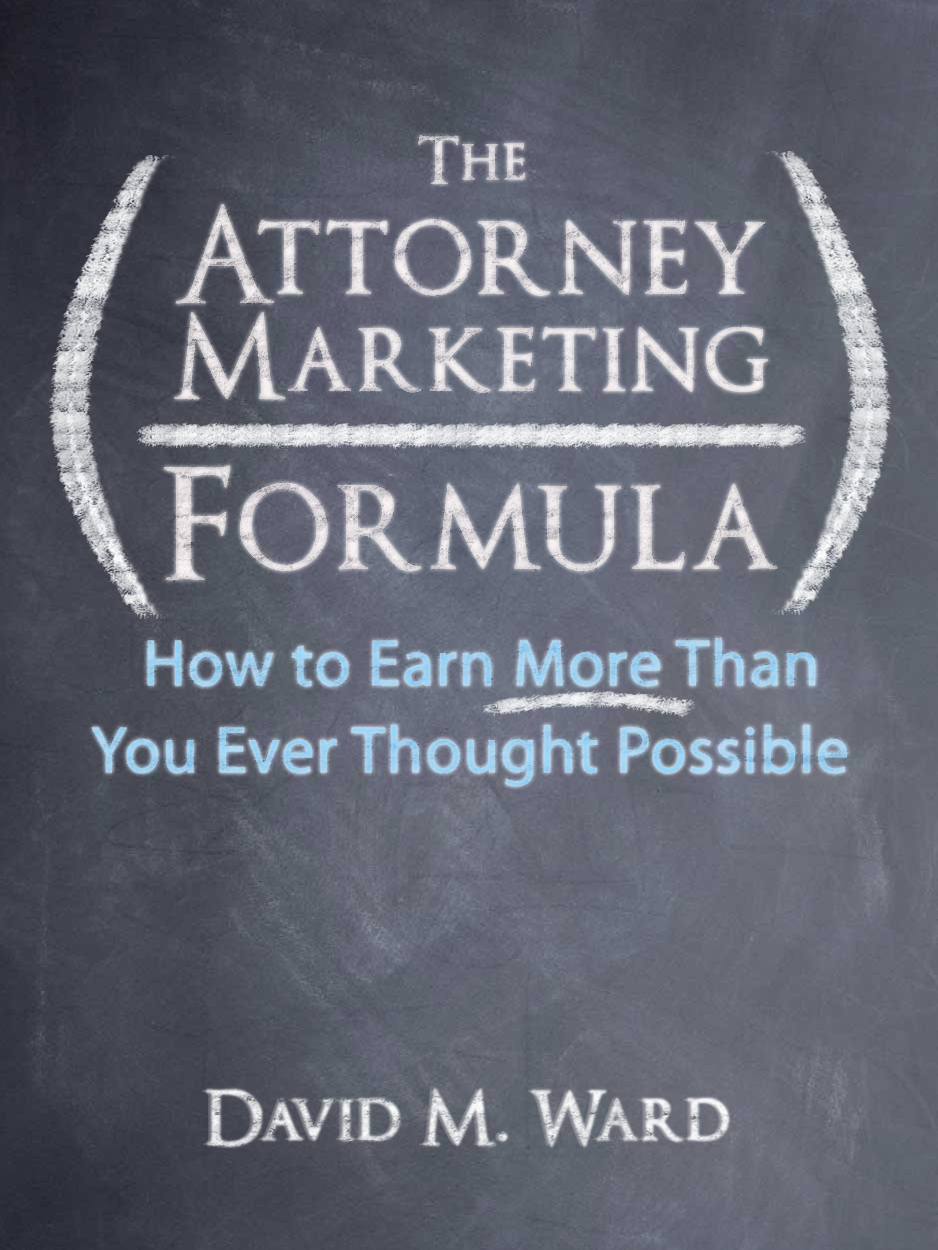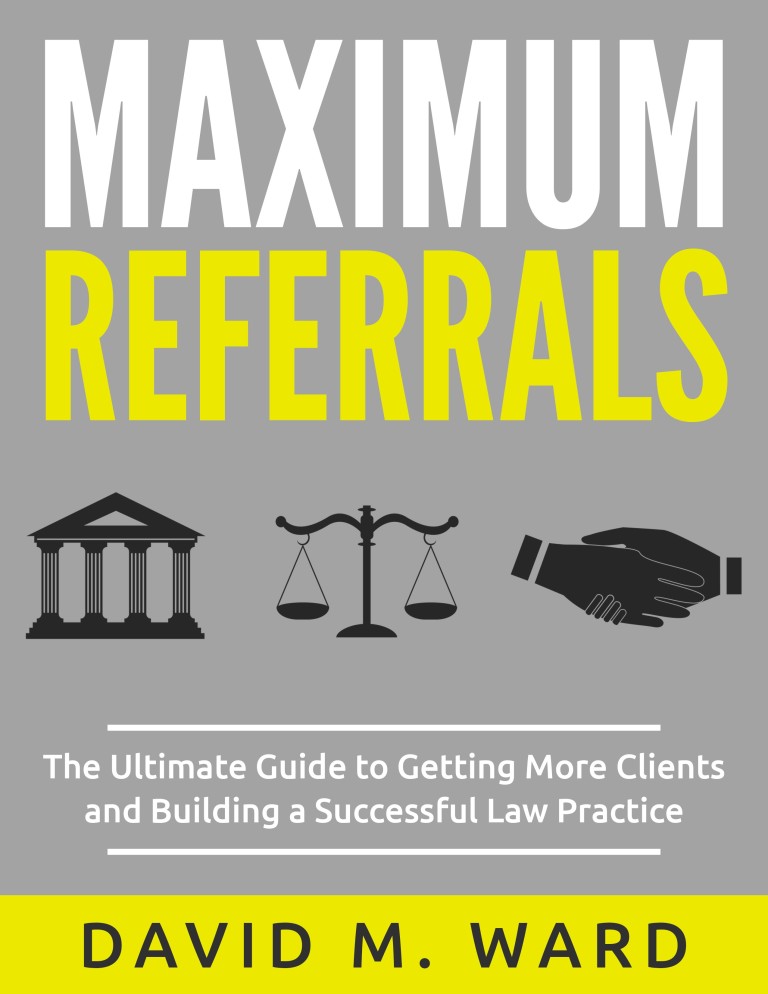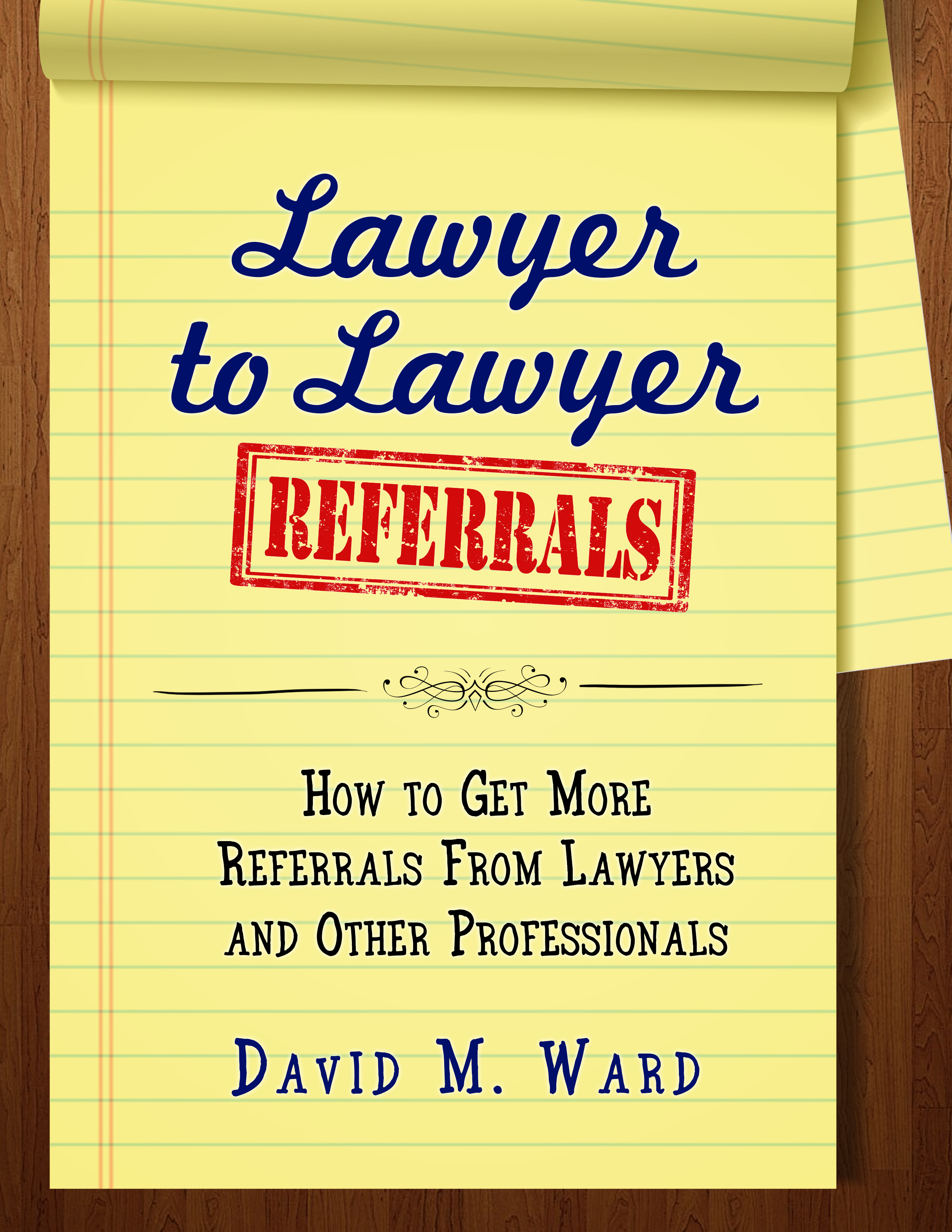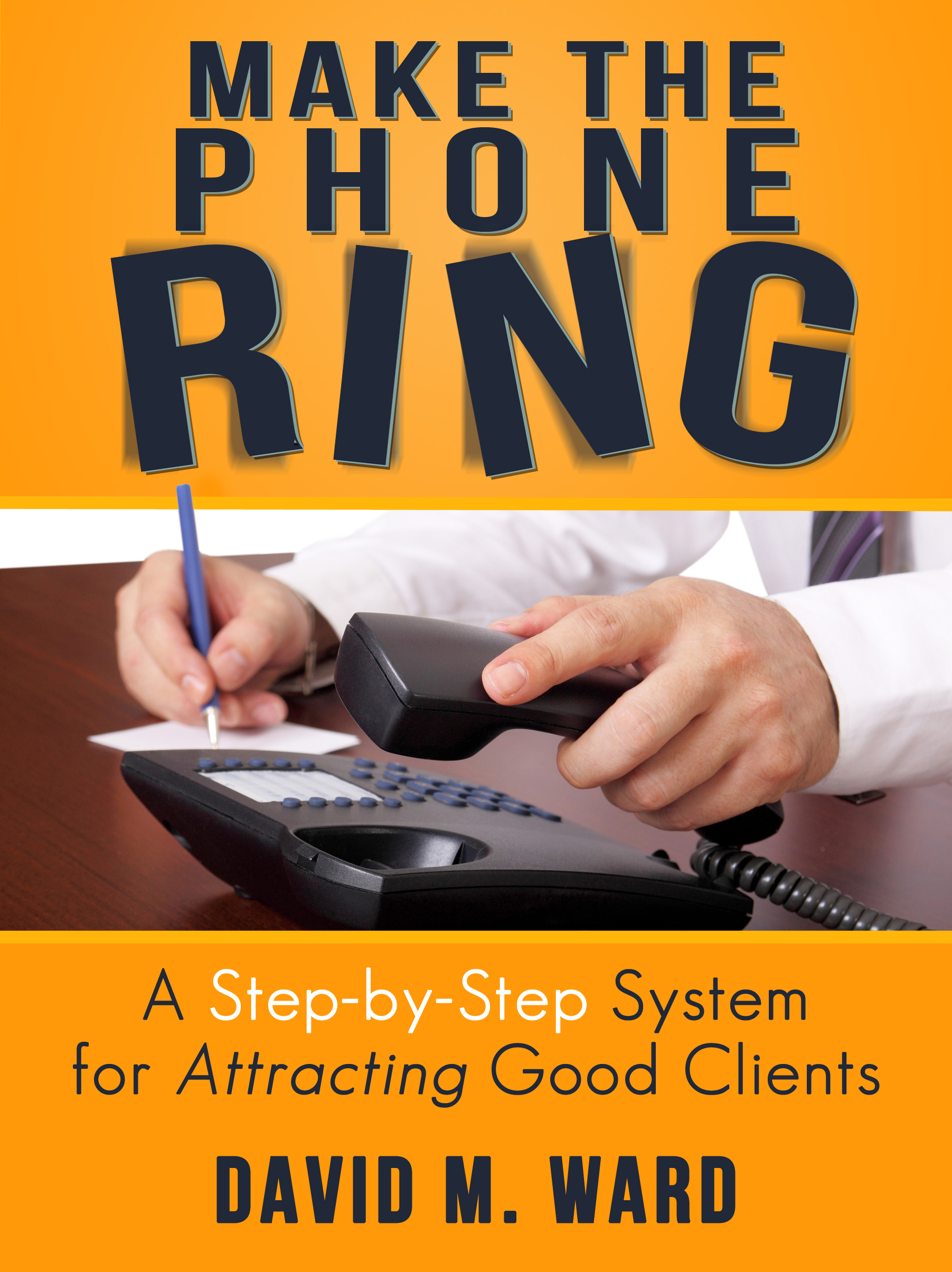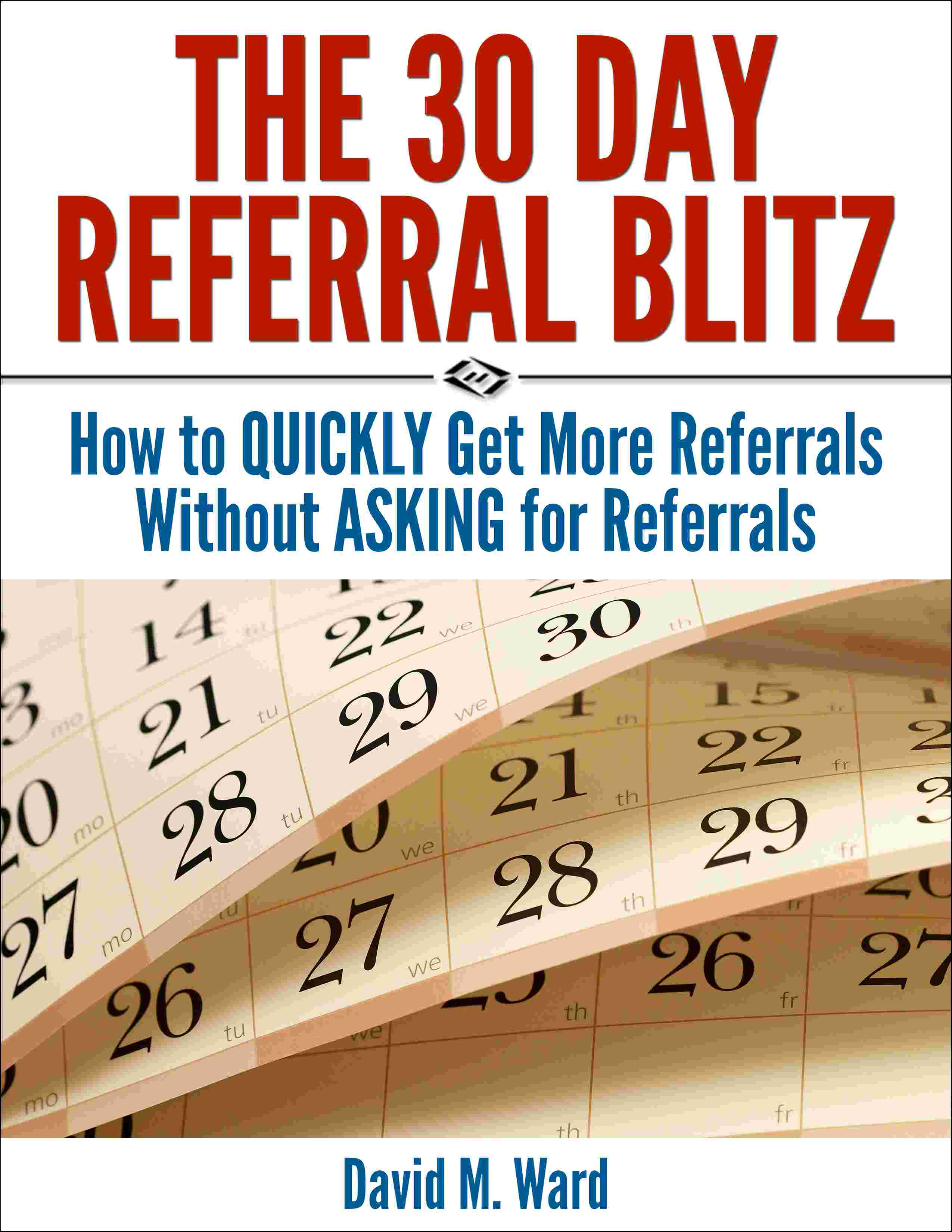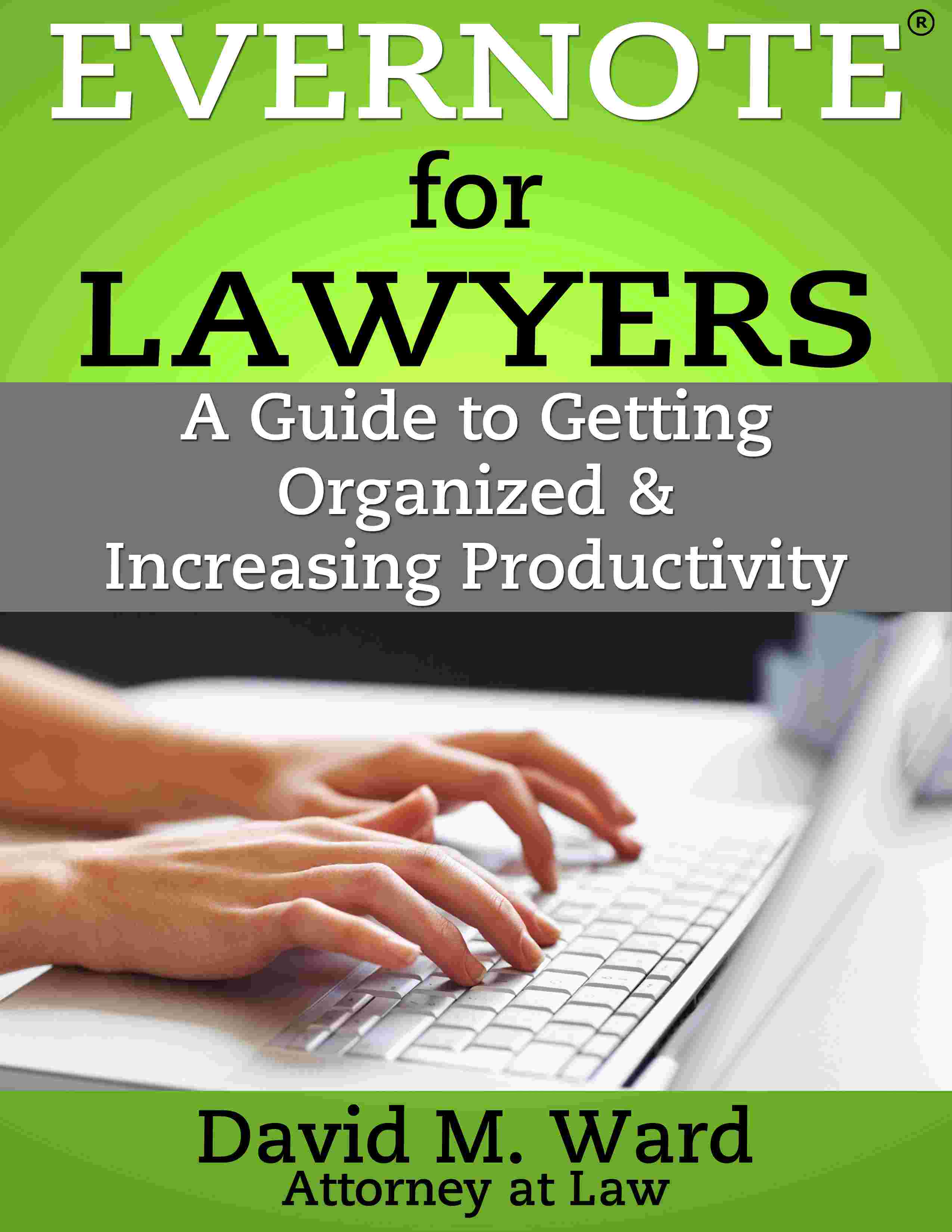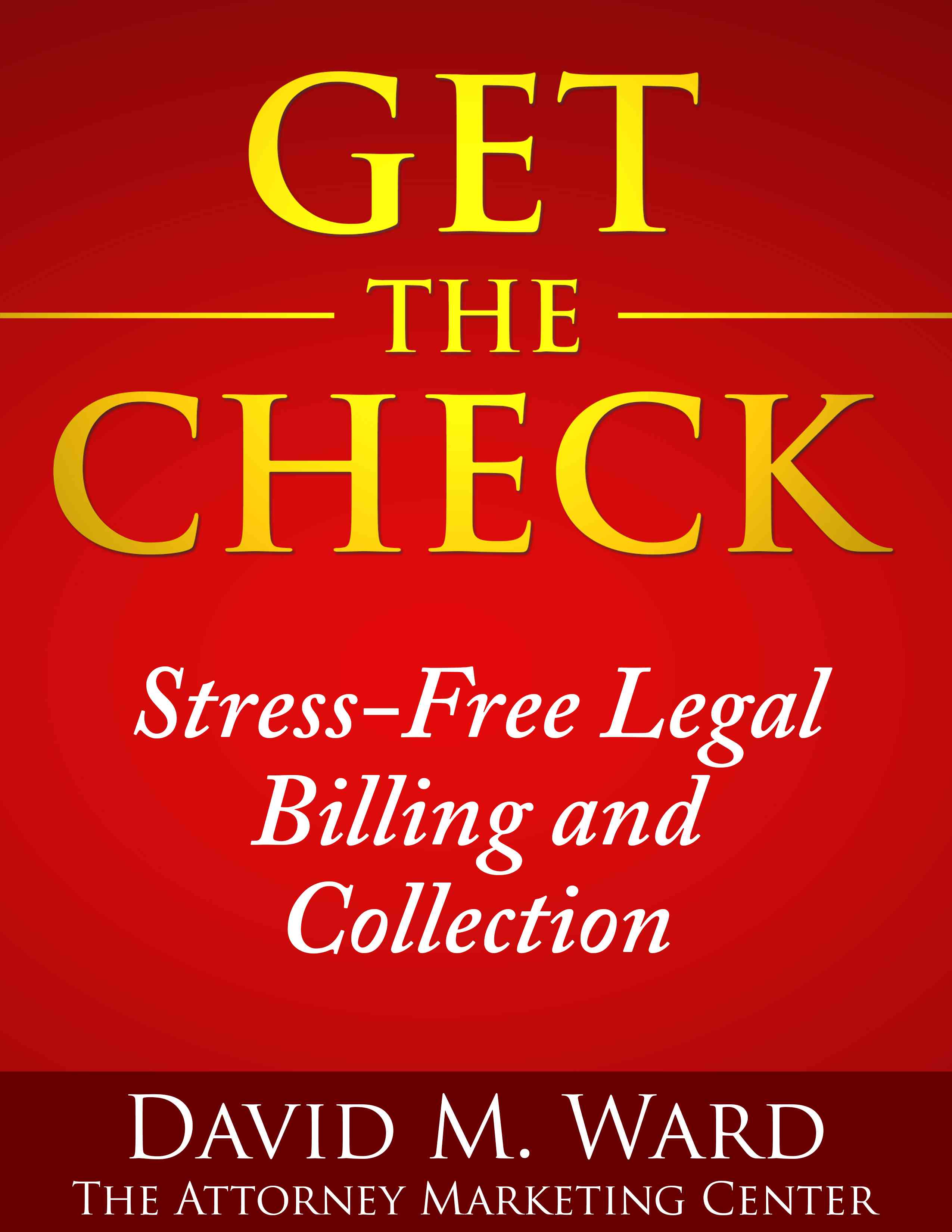We went to law school to learn how to practice law. Learning came first, then doing.
Generations ago, it was the other way around. You began by “doing”–working as an apprentice for a practicing lawyer, and getting experience working with real clients and real cases.
Most book learning was done in the context of those cases.
By and large, it was “do, then learn.” Or at least “learn while you do.”
I’m not saying we should go back to that way today. Although more “clinical” work early on might be a good idea.
But with learning other skills, marketing, for example, “Do, then learn” is something every practicing lawyer should consider.
Because the best way to learn almost anything is to do it.
You don’t really need more information. You need to take action.
Run an ad and see what happens. Call someone and introduce yourself. Post something on a blog or on social media, write something, record something, outline something, and as soon as possible, get it out into the world.
Even if it’s not ready.
You’ll learn faster that way. You’ll learn from your mistakes. You’ll get feedback and ask yourself questions and figure out how to answer them, guided by your real-world experiences.
Book learning has its place, of course. It can give you ideas and tips on how to do things properly, how to improve and get better results, but until you go out and do them, it’s all theory.
Many of use learning as an excuse to avoid doing. We tell ourselves we need to read more, take another course, get a coach, or do other preparation, because we’re afraid to get started.
We procrastinate because we’re afraid we might fail. Or because we believe we need “motivation” to get started.
But action precedes motivation, not the other way around.
So do something. Take the first step, or the next step. Start small, see what happens, fix it, make it better, or do something else.
Do, then learn. And let what you learn provide the motivation to continue.

